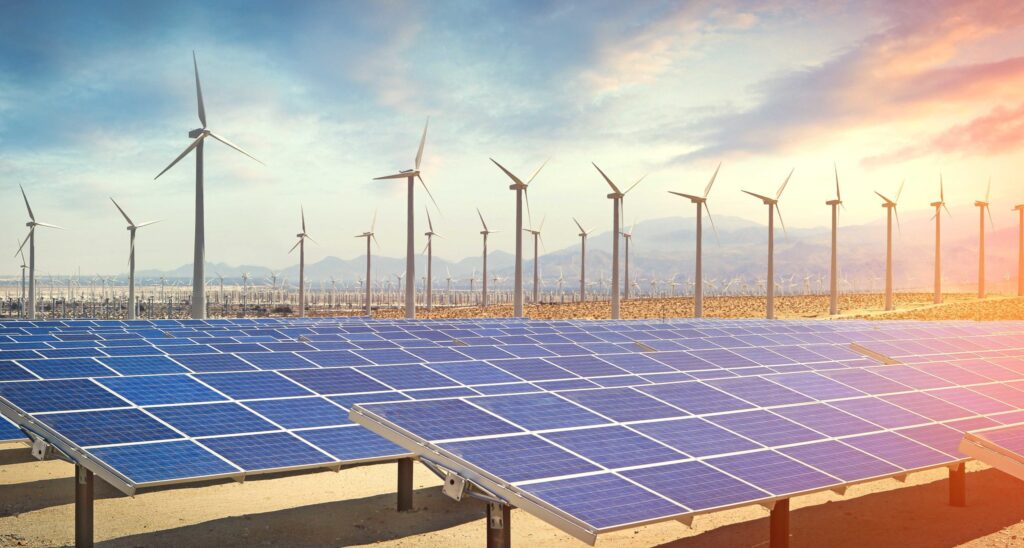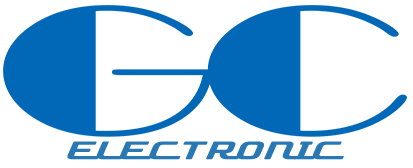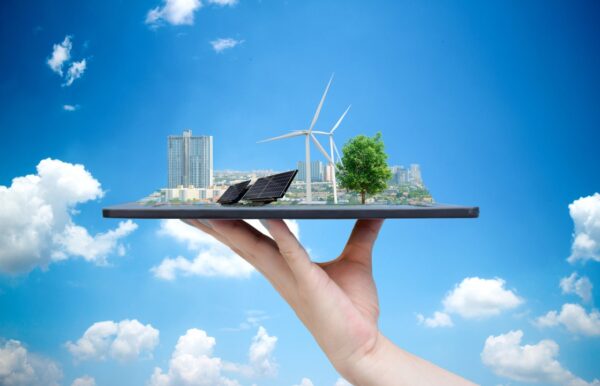China’s renewable energy industry has been witnessing significant growth in recent years. In March 2023, the Ministry of Ecology and Environment formulated the “Implementation Plan for the Setting and Allocation of National Carbon Emission Trading Quotas for 2021-2022 (Power Industry)”. On March 16, the National Development and Reform Commission issued a public announcement soliciting opinions on the “Green Industry Guidance Catalogue (2023 Edition)” draft, which covers areas such as new energy vehicles, hydrogen energy, energy storage, etc. On March 28, the Office of the Ministry of Natural Resources issued a notice on supporting the standardized land management of photovoltaic power generation industry development and called for the coordination between the development plan of photovoltaic power generation industry and the national land and spatial planning. On April 12, the National Energy Administration issued the “Guiding Opinions on Energy Work for 2023”, which provided guidance on the annual energy work arrangement and development goals. According to the document, the development goal for the year is to add about 160 million kilowatts of wind and photovoltaic installed capacity, and the proportion of wind and photovoltaic power generation in the total social electricity consumption is expected to reach 15.3%. As for hydrogen energy, the “Guiding Opinions on Energy Work for 2023” proposed to accelerate the cultivation of new energy models and industries, and consolidate and expand strategic advantageous industries.

In April, G7 issued a joint communiqué, emphasizing the commitment to accelerate the phase-out of fossil fuels that have not reduced emissions and achieve net-zero emissions in the energy system by 2050 at the latest. Based on the existing targets of each country, the group pledged to collectively increase the installed capacity of offshore wind power to 150 GW and the installed capacity of solar photovoltaics to over 1 TW by 2030. In April, the Ministry of New and Renewable Energy (MNRE) of India announced that it will tender for 50 GW of renewable energy projects each year from the fiscal year 2024 to 2028 to achieve the target of installing 500 GW of non-fossil energy capacity by 2030. The Irish government has announced the cancellation of the value-added tax rate for solar panel supplies and installations from May 1. India has proposed a $2 billion subsidy program to promote the development of domestic hydrogen fuel. South Korea and the UK have decided to strengthen cooperation and exchanges in clean energy fields, including offshore wind energy, hydrogen energy, and nuclear energy.
In terms of the Chinese market, from March to mid-April, the prices of silicon materials in the photovoltaic industry chain fell sharply, and the prices of silicon wafers and modules both saw a slight decline. According to data from the Ministry of Industry and Information Technology, the production of polycrystalline silicon and batteries nationwide in January and February was 176,000 tons and 62.2 GW, respectively. The latest research report from Wood Mackenzie pointed out that in 2022, the average cost of centralized photovoltaic projects in the Asia-Pacific region increased by 16% from USD 78/MWh in 2020 to USD 91/MWh; and the LCOE of onshore wind power increased by 12% from USD 93/MWh in 2020 to USD 104/MWh. From January to March 2023, a total of 21 wind and solar storage projects were signed or planned nationwide, with a confirmed project size of 22.1 GW and a confirmed investment amount of CNY 181.217 billion. According to data released by the National Bureau of Statistics, power generation in March was 717.










